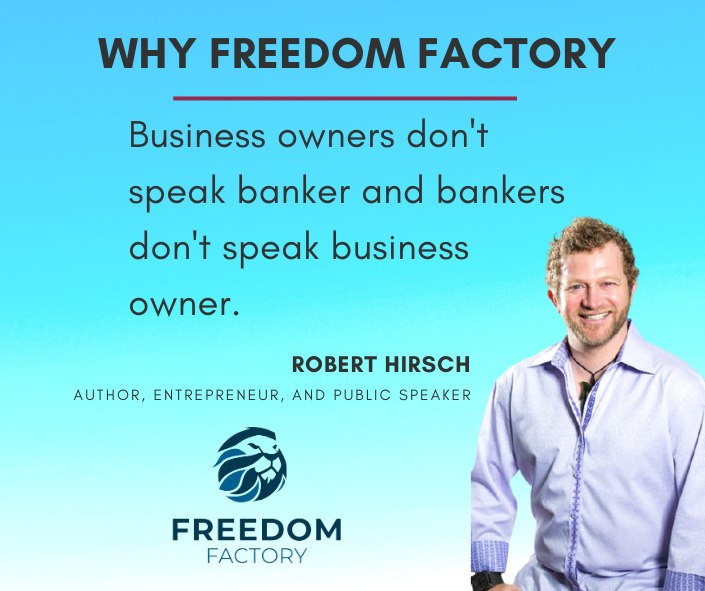If you consider this on a supply & demand basis, the supply of capital has increased significantly. The implication from this is that there's a great deal of sitting with the private equity firms. Dry powder is essentially the money that the private equity funds have actually raised however haven't invested.
It doesn't look helpful for the private equity firms to charge the LPs their exorbitant fees if the cash is simply sitting in the bank. Companies are ending up being much more sophisticated. Whereas prior to sellers may negotiate straight with a PE firm on a bilateral basis, now they 'd employ financial investment banks to run a The banks would contact a ton of prospective buyers and whoever wants the company would need to outbid everyone else.
Low teenagers IRR is ending up being the brand-new normal. Buyout Strategies Pursuing Superior Returns Because of this intensified competition, private equity companies have to discover other options to differentiate themselves and attain superior returns. In the following areas, we'll review how investors can accomplish exceptional returns by pursuing specific buyout strategies.

This offers rise to chances for PE purchasers to get companies that are undervalued by the market. That is they'll purchase up a little part of the business in the public stock market.
Counterintuitive, I know. A business might wish to go into a new market or launch a new project that will provide long-lasting worth. However they may be reluctant due to the fact that their short-term revenues and cash-flow will get struck. Public equity investors tend to be really short-term oriented and focus extremely on quarterly earnings.
Worse, they may even end up being the target of some scathing activist investors (Tyler Tivis Tysdal). For starters, they will conserve on the costs of being a public company (i. e. paying for yearly reports, hosting annual shareholder meetings, submitting with the SEC, etc). Lots of public business also do not have a strenuous method towards cost control.
Non-core sections usually represent a really little portion of the moms and dad company's total profits. Due to the fact that of their insignificance to the general company's efficiency, they're usually overlooked & underinvested.
Next thing you understand, a 10% EBITDA margin business just broadened to 20%. That's very powerful. As profitable as they can be, business carve-outs are not without their downside. Consider a merger. You know how a great deal of companies run into problem with merger integration? Same thing chooses carve-outs.

If done effectively, the advantages PE firms can reap from corporate carve-outs can be remarkable. Buy & Construct Buy & Build is a market consolidation play and it can be really profitable.
Partnership structure Limited Collaboration is the type tyler tysdal prison of partnership that is fairly more popular in the United States. These are usually high-net-worth people who invest in the company.
GP charges the collaboration management charge and can get brought interest. This is called the '2-20% Settlement structure' where 2% is paid as the management cost even if the fund isn't successful, and after that 20% of all proceeds are gotten by GP. How to classify private equity firms? The primary classification criteria to classify PE companies are the following: Examples of PE firms The following are the world's top 10 PE firms: EQT (AUM: 52 billion euros) Private equity financial investment techniques The process of understanding PE is easy, but the execution of it in the real world is a much uphill struggle for a financier.
However, the following are the major PE financial investment strategies that every investor need to understand about: Equity methods In 1946, the two Equity capital ("VC") companies, American Research and Advancement Corporation (ARDC) and J.H. Whitney & Business were developed in the United States, consequently planting the seeds of the United States PE market.
Foreign investors got brought in to reputable start-ups by Indians in the Silicon Valley. In the early stage, VCs were investing more in producing sectors, however, with new developments and trends, VCs are now buying early-stage activities targeting youth and less fully grown business who have high development capacity, specifically in the technology sector ().
There are numerous examples of startups where VCs contribute to their early-stage, such as Uber, Airbnb, Flipkart, Xiaomi, and other high valued startups. PE firms/investors choose this financial investment method to diversify their private equity portfolio and pursue bigger returns. As compared to take advantage of buy-outs VC funds have actually produced lower returns for the investors over current years.